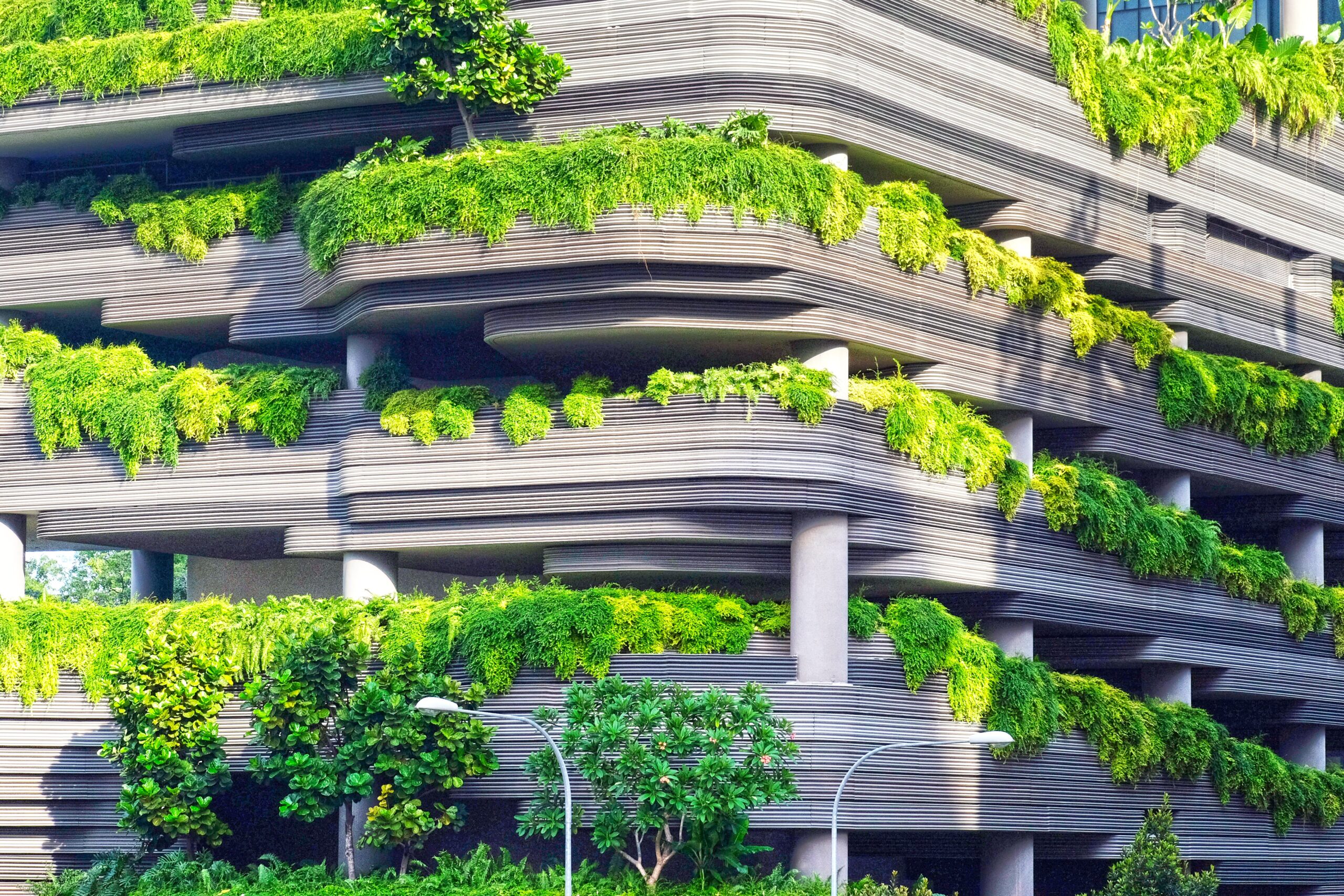People don’t often think of emerging global markets as leaders in sustainable building. Those in other nations view the world through their lens, which sees the existing barriers they face in redesigning and updating their infrastructure to support more sustainable construction methods and materials.
However, they fail to recognize the value of a clean slate. When much-existing infrastructure arose from the dust, people did not understand the impact its construction had on the environment. What if they could go back and start with what they know now? This opportunity exists in many parts of the globe.
Although experts project that existing market growth will slow in many established regions, thanks to continued international conflicts and an ongoing financial slump, they expect emerging markets to outpace more industrialized areas considerably. Climate initiative funding from international organizations can harness this economic advantage to incentivize sustainable building and make emerging global markets a model of sustainable development.
What should society look for and pressure international leaders to encourage? What trends should investors watch as they decide where to place their money? Here’s what to know about developments in sustainable building within emerging global markets.
Improved Methodologies Make Building More Sustainable
All construction impacts the environment. However, traditional methods create considerably more sustainability issues. Fortunately, improvements in methodologies have reduced the environmental impact of erecting new factories and office complexes.
Such improvements extend to raw material extraction through historically damaging activities like mining. For example, the heavy equipment necessary for enlarging shafts and transporting workers and materials produces countless emissions. However, Caterpillar recently introduced the mine site of the future, featuring 100% hydrogen reciprocating engine power generation, reducing fossil fuel use and minimizing air quality impacts.
Additionally, teams in such locations can implement other improvements to methodologies that minimize the environmental impact of new construction. Even measures as simple as on-site recycling provide fodder for new materials instead of relying on raw ingredients. Other improvements to reduce building waste include:
- Limiting materials used to reduce waste
- Improved waste management, such as separating and recycling waste, including food containers and treating water on-site
- Conserving energy
- Constructing eco-friendly buildings
- Choosing sustainable and recycled materials
Fewer Barriers to Sustainable Construction Methods
Emerging global markets also have a distinct advantage regarding sourcing materials. For example, cork is highly sustainable because harvesting doesn’t contribute to deforestation by destroying trees. This tree grows wild in parts of North Africa, meaning transporting the raw material to nearby manufacturing centers for processing produces fewer emissions.
The strategic location near raw material sources offers economic growth opportunities for such regions. Shifting to eco-friendly building construction is a global endeavor, and investing in local processing plants puts people to work in jobs paying a fair wage while reducing costs.
Another example is BEE’s MMS Green Building project in Mongolia, the first LEED-certified building in the capital city. The building provides all of its necessary energy, thanks to a rooftop solar system, and the surrounding garden can offer sustainable, organic, locally-grown foods. The low-VOC materials and triple-glazed windows are designed for occupant health and comfort.
The Advantages of a Clean Slate
The Paris Agreement includes ambitious climate goals to contain rising temperatures within 1.5 Fahrenheit by getting to net-zero emissions. However, by 2040, two-thirds of existing buildings will remain in use, producing output at current levels without substantial renovations.
Conversely, emerging global markets offer a clean slate, where the latest innovations in sustainable building techniques can achieve net-zero emissions from their inception. In 2017, only 2,500 net-zero certified buildings existed, a fraction of existing structures. Investing in new builds can increase that percentage substantially.
For example, resorts are notorious for using tons of resources. However, another BEE’s project in Banteay Srei, Cambodia – Song Saa Reserve – promises a 500-acre, eco-tourism hub that is also a living community. The resort is the first mixed-use project designed to develop the communities where the establishment resides while drafting a Living Community Challenge vision plan within strict building and environmental codes.
New construction can achieve net-zero building by using the following technologies:
- Passive design optimization: Many emerging global markets across northern Africa and the Middle East feature abundant sunshine. Utilizing passive solar practices limits artificial lighting and reduces glare, heat loss and cooling loads while improving occupant comfort.
- Reducing occupational demands: Low-flow plumbing fixtures reduce water use, a natural resource often in short supply in desert regions. Including features that increase natural air flow without reducing occupant safety lowers HVAC use, traditionally the biggest emissions producer in built environments. Utilizing eco-friendly building standards such as automatic light shutoff in unoccupied rooms improves overall efficiency.
- Providing on-site renewable energy: Emerging global markets with abundant sunshine can harness technologies like solar to produce the necessary power on-site. This reduces the regional need for traditional fossil fuel infrastructure while slashing emissions.
- Limiting upfront carbon emissions: Using improved building materials free from VOCs lowers the air quality impacts of new buildings.
- Public disclosure of building advancements: Regions receiving international support funds to encourage sustainable building construction feature public oversight, improving transparency and promoting the adoption of similar methodologies elsewhere.
Emerging Global Markets as Leaders in Sustainable Buildings
Meeting LEED standards is the litmus test for sustainable building design. Emerging global markets featured prominently on the list of top 10 countries making the most significant strides in construction and operations.
For example, mainland China, Brazil, India, Mexico and the Philippines all rank among nations leading the world in sustainable development. Potential investors should monitor such regions for new opportunities to involve themselves in this growth, making a difference toward climate change while reaping the rewards.
Emerging Global Markets Are Leading the Way
Many people mistakenly assume that emerging global markets lag in eco-friendly building developments. The converse is true: These regions lead the way in sustainable design and construction methodology.
Other areas worldwide can follow their lead in improving the built environment. Investing more in sustainable development from its inception will speed humanity toward its climate goals.











